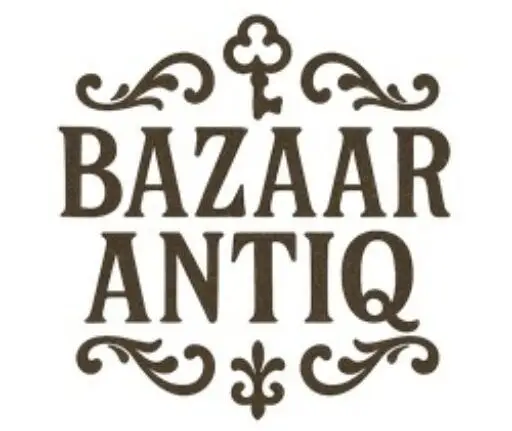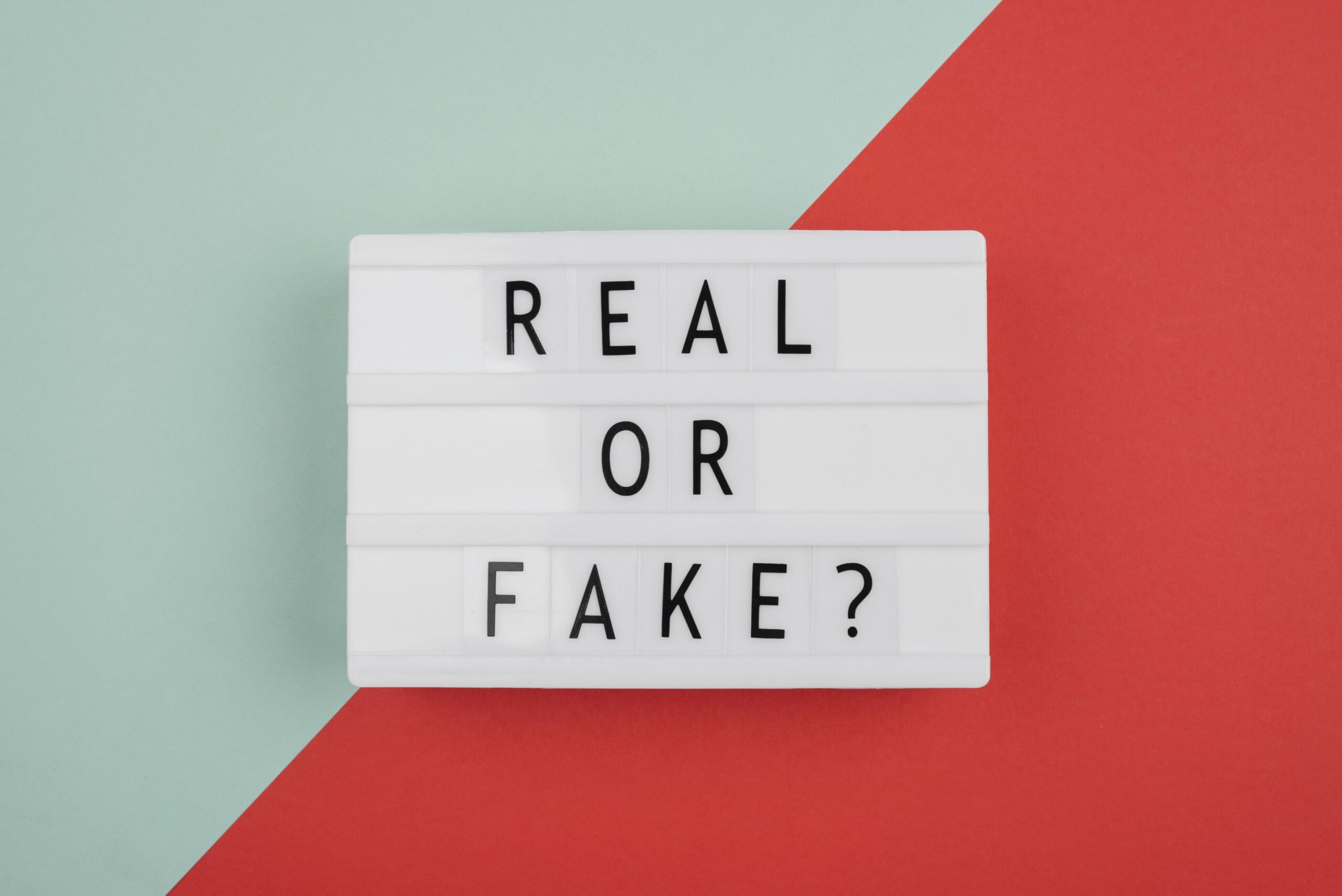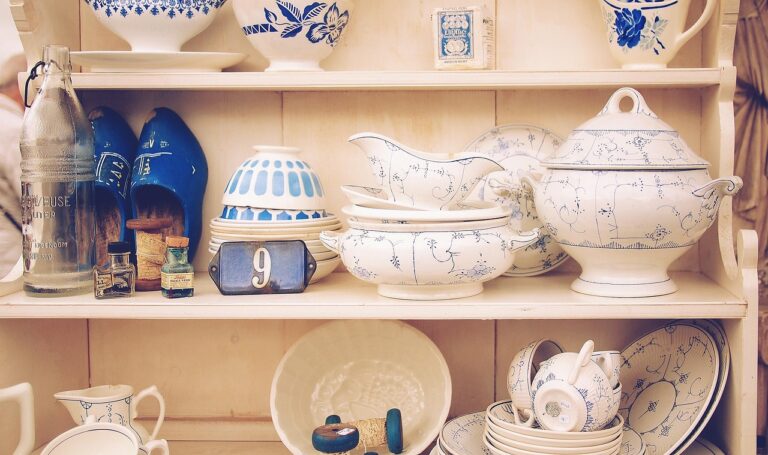Real vs. Repro: Can You Tell the Difference?
In the world of antiques, not everything old is gold. Sometimes, it just looks old. The market is flooded with reproductions that mimic authentic vintage design—some harmless, some deceiving. For collectors, flippers, or decor lovers, knowing how to spot a fake isn’t just smart—it’s essential.
Here’s how to separate real antiques from clever reproductions.
1. WOOD & WEAR: HOW AGE LEAVES A MARK
Authentic Antique:
- Look for shrinkage, especially on the back or underside.
- Dovetail joints are often hand-cut, with slight irregularity.
- Patina is natural: scuffs, minor chips, and oxidation that can’t be faked easily.
Reproduction:
- Machine-cut joints are perfectly even.
- Artificial distressing often repeats patterns or is only surface-deep.
- Uniform coloring and lacquered finishes are dead giveaways.
Quick Test: Flip a drawer. If the wood underneath looks too clean, it probably is.
2. METAL HARDWARE: THE TRUTH IS IN THE DETAILS
Authentic Antique:
- Brass tarnishes unevenly; screws may be hand-forged with off-center slots.
- Nails can be square or irregular, especially pre-19th century.
Reproduction:
- Phillips-head screws (invented in the 1930s) should NOT appear on furniture claimed to be older.
- “Antique-style” handles often feel too lightweight.
Pro Tip: Use a magnet. Real brass won’t stick. Plated metal will.
3. GLASS & MIRRORS: CLUES IN THE REFLECTION
Authentic Antique:
- Older mirrors have slightly warped reflections due to silvering techniques.
- Tiny bubbles in the glass are common pre-1920s.
Reproduction:
- Glass is too perfect.
- Mirror backing is uniform, modern, and often tinted.
Test: Hold a flashlight at an angle—original silvering may show slight flaking or cloudiness.
4. MARKINGS & LABELS: READ THE FINE PRINT
Authentic Antique:
- Maker’s marks may be stamped, branded, or engraved.
- Look for wear on the mark—a pristine label on a “100-year-old” chair is suspicious.
Reproduction:
- Labels that say “Vintage Style,” “Antique Reproduction,” or include a modern zip code are red flags.
- Watch for fonts and logos that feel too digital.
Research Tip: Keep a photo folder of real maker’s marks from known brands or periods to compare.
5. PRICE VS. REALITY: WHEN IT’S TOO GOOD TO BE TRUE
Authentic Antique:
- Often priced higher, unless the seller doesn’t know what they have.
- Comes with inconsistencies: tiny flaws, repairs, signs of use.
Reproduction:
- Priced to move fast. Often mass-produced overseas.
- May look better than the real thing—but feels soulless.
Golden Rule: If it feels suspiciously cheap and perfect-looking, dig deeper.
FINAL WORD
Spotting real vs. repro antiques is a learned skill. The more pieces you handle, the better your instincts become. And remember: not every reproduction is a scam. Some are great for styling. But when authenticity matters, the details don’t lie.
Train your eye. Trust your gut. And if in doubt—walk away. The real deal is always worth the hunt.







